Important Imari porcelain planter with a polychrome and golden decoration of cranes, carp and lion, on a blue vermiculated background adorned with chrysanthemums. Beautiful openwork mount in chiseled and gilded bronze in the Rocaille style decorated with foliage forming the handles and the base, resting on four feet.
Commentary :
The Imari porcelain is a ceramic style born around 1600 in the area of Arita (???), city of potters on the island of Kyushu, in southern Japan. According to tradition, this is a Korean named Ri Sampei installed in the region, who operated a kaolin deposit at the foot of the hill of Izumiyama. He managed the merger of kaolin, up to 1400 ° C, to obtain similar porcelain to the Chinese one’s ending thus a monopoly that was older than seven centuries. This porcelain is characterized by a decoration using three colors: cobalt blue, iron red and white background porcelain, the whole being embellished with gold. It mainly presents floral decoration and was called “Imari”, the name of the port on the island of Kyushu, from where it was exported, a few kilometers from Arita. Because of the supply problems in China due to political unrest in the seventeenth century, the Dutch, with their East Company of the United Provinces, imported the first Imaris from Japan.



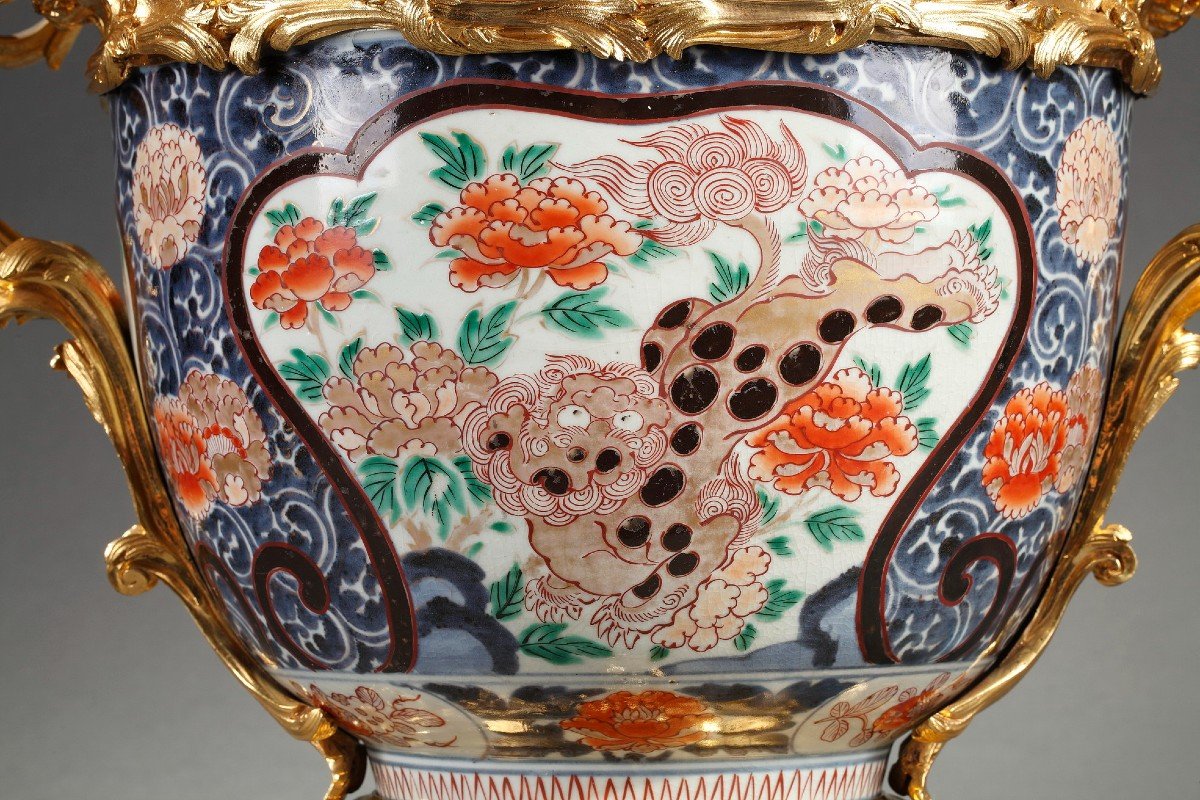
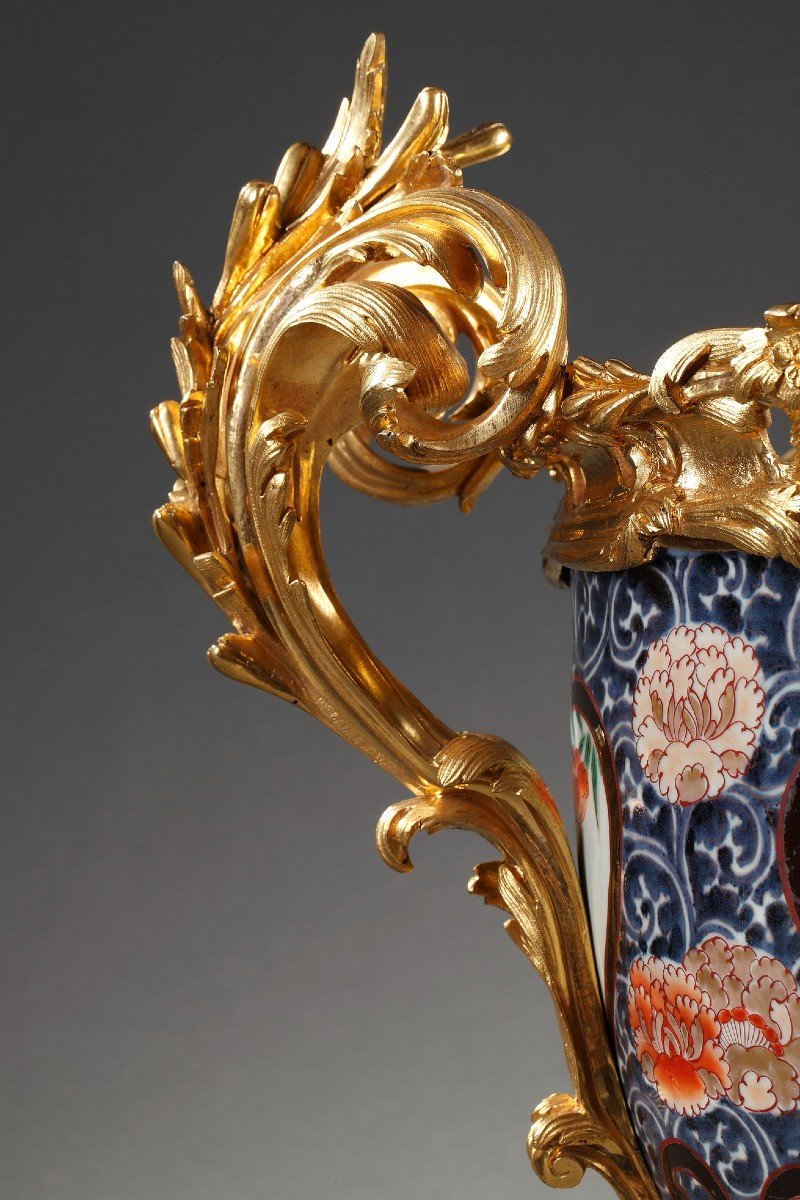
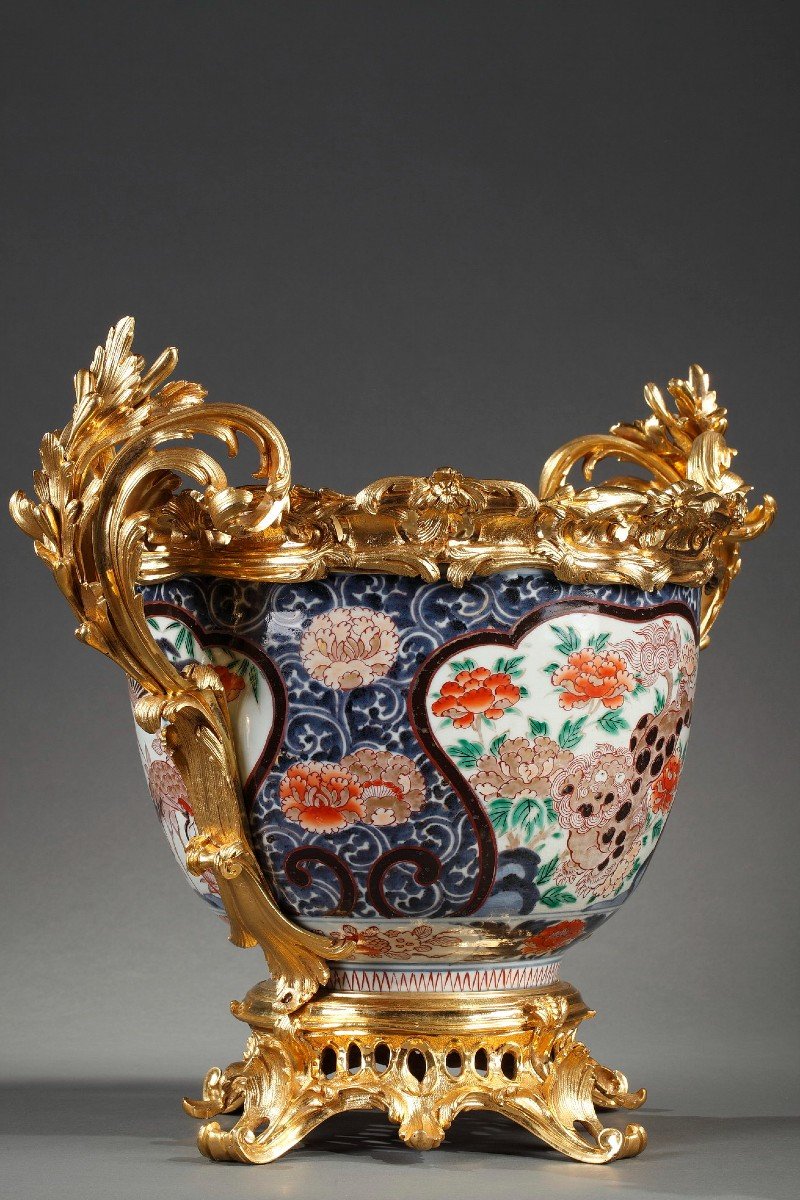
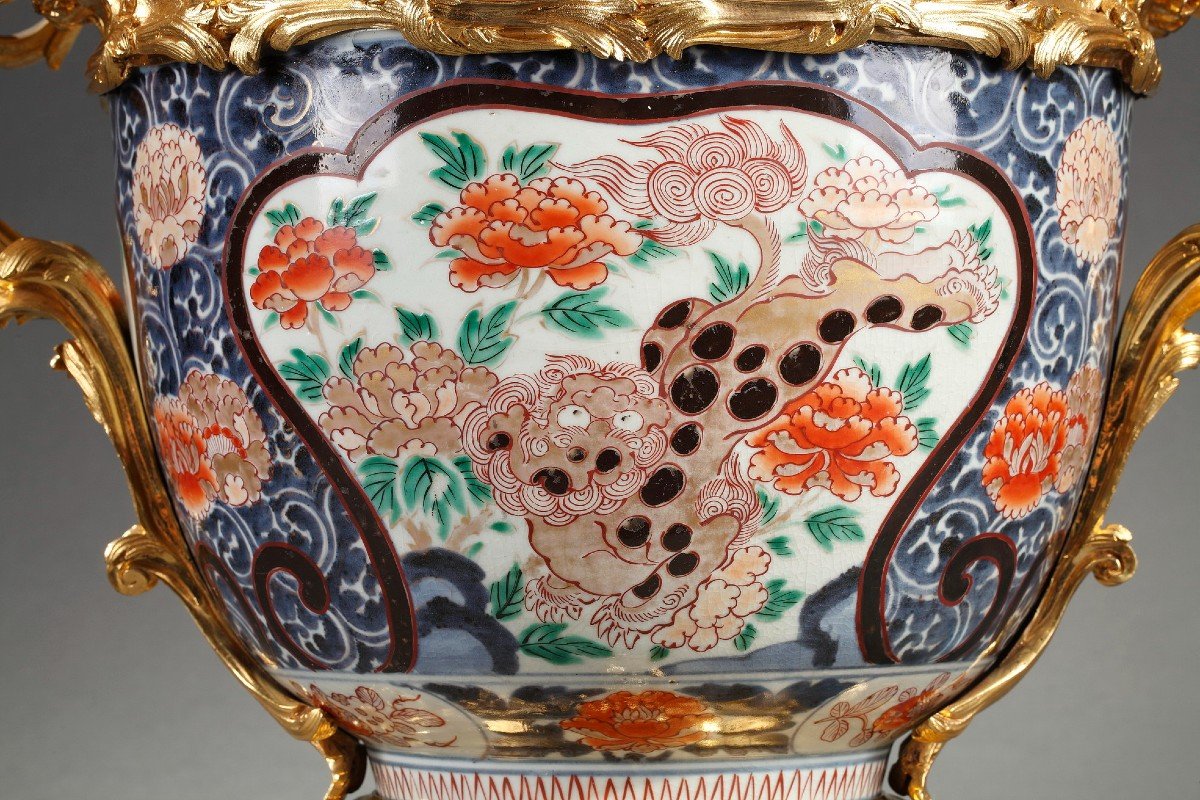
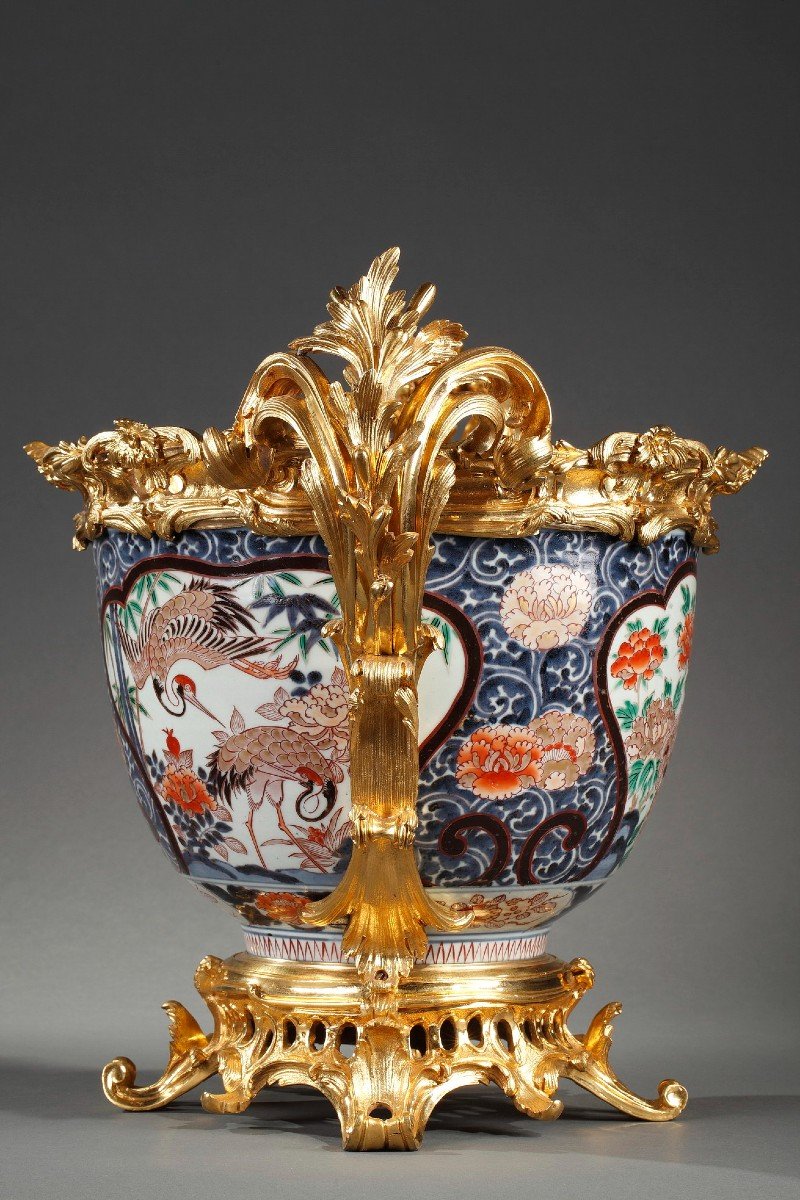

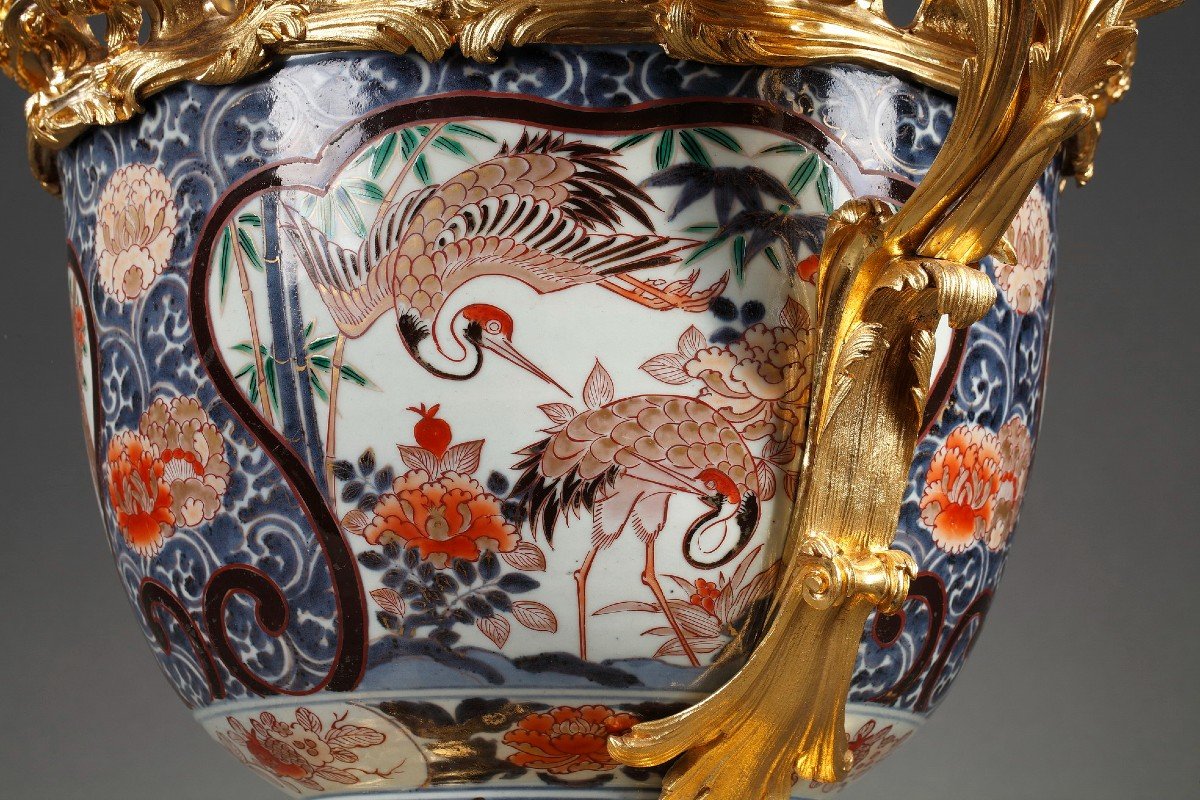
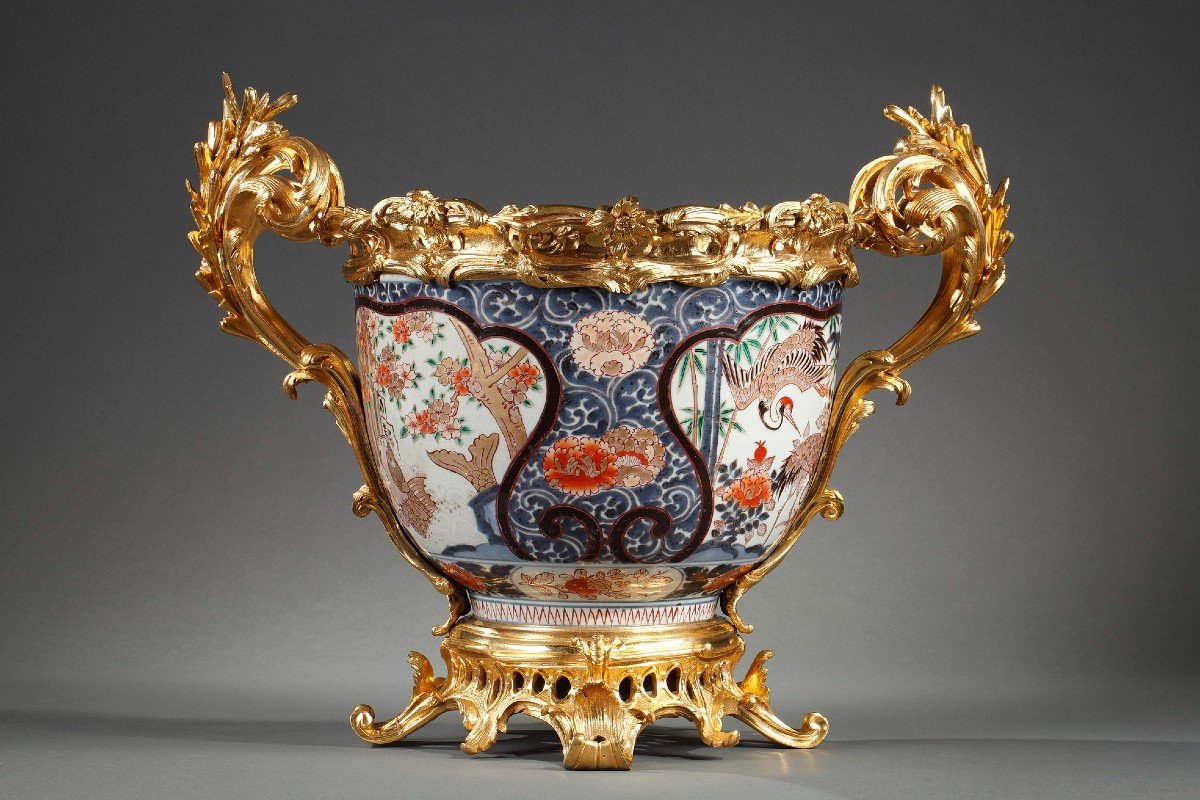
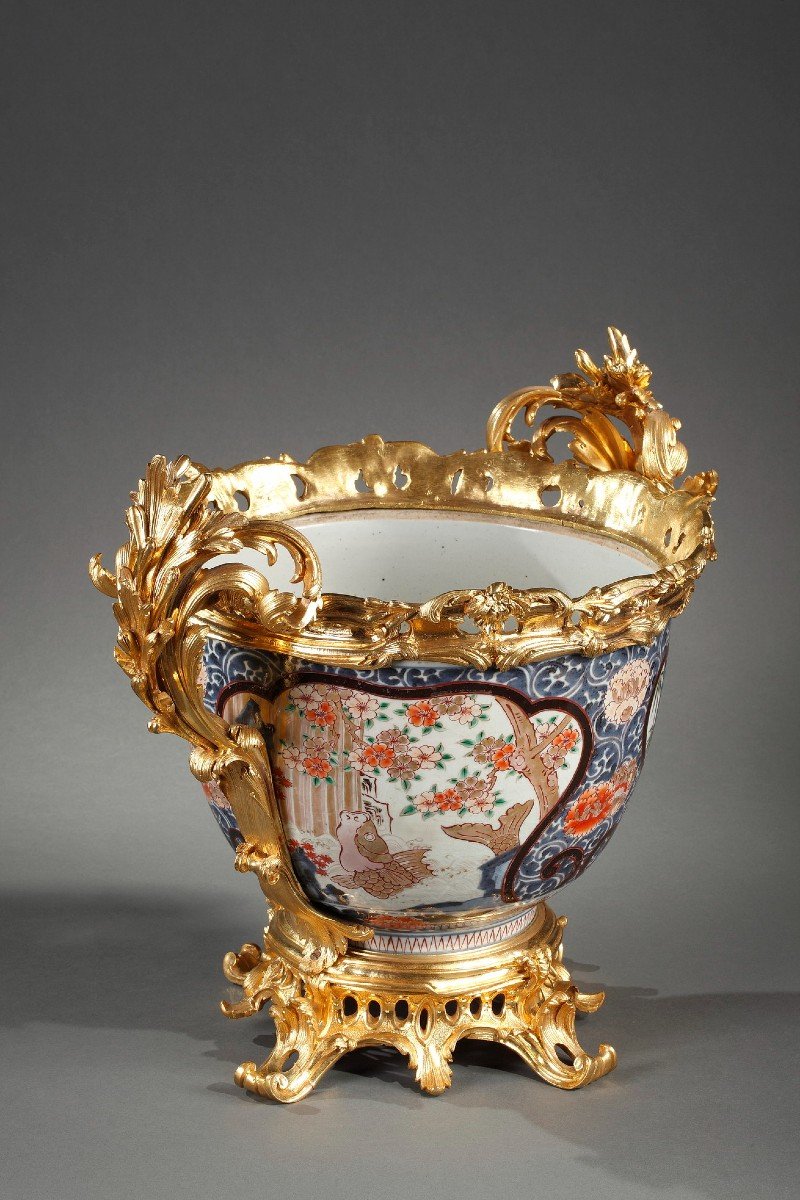
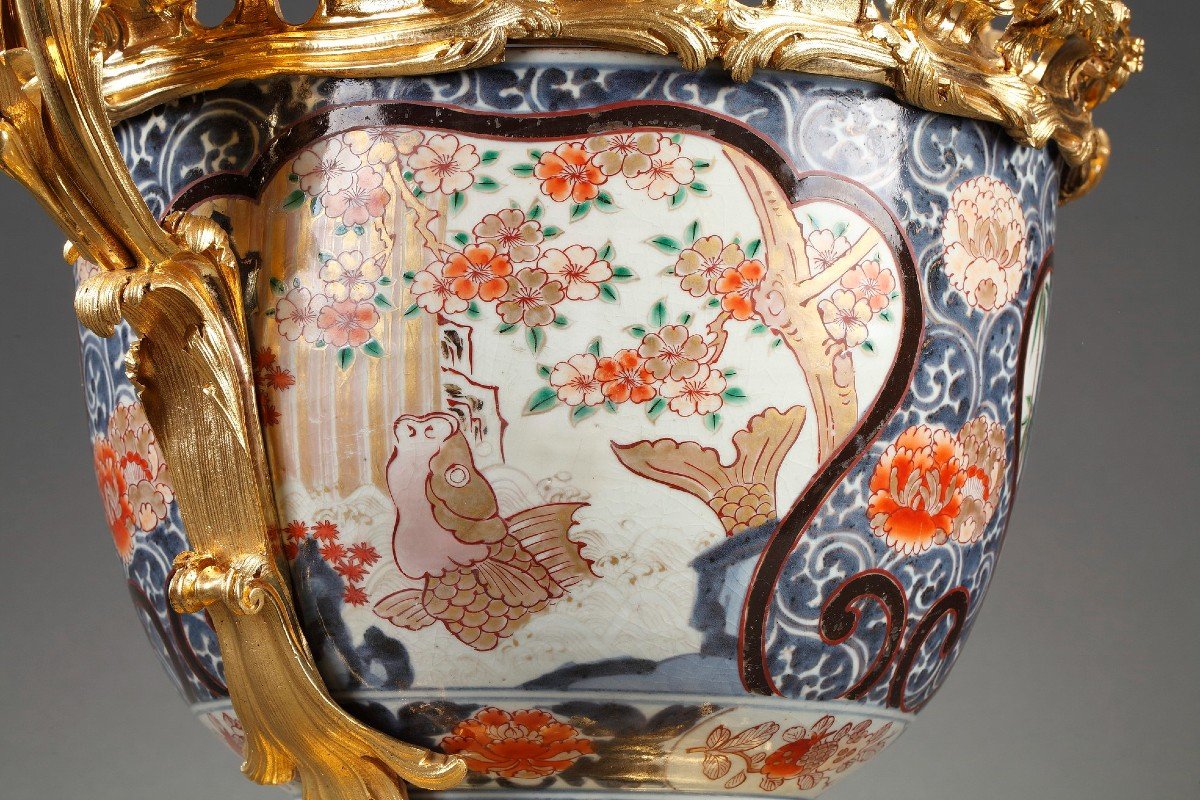
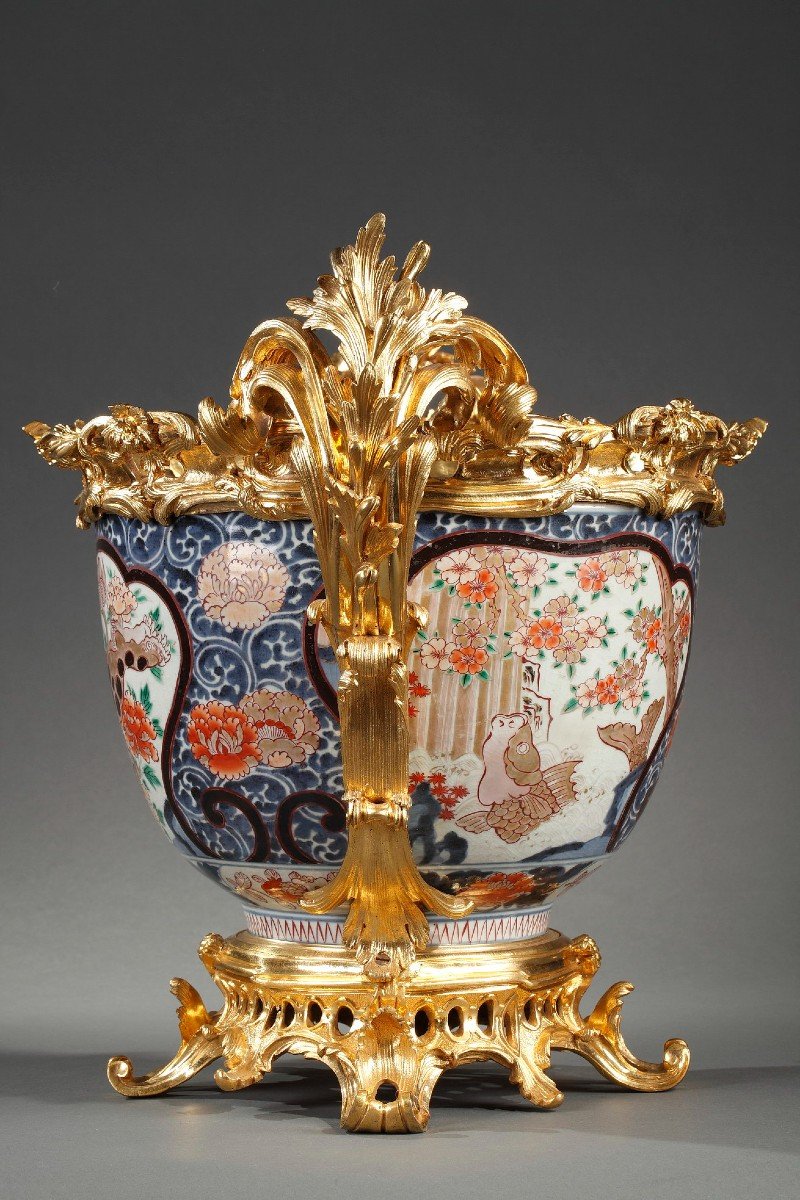
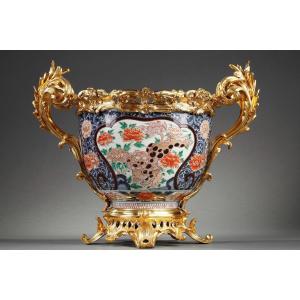












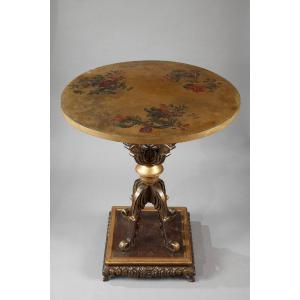
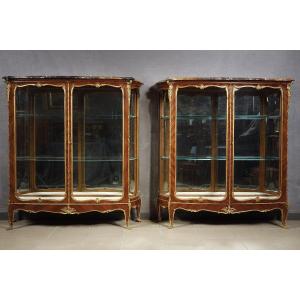

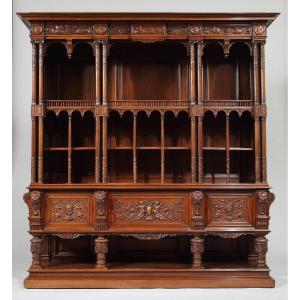
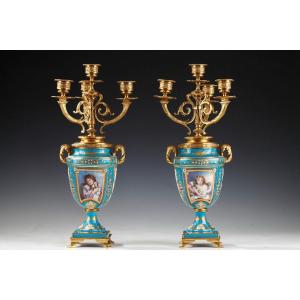

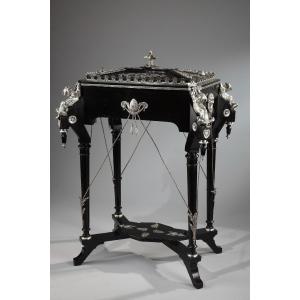





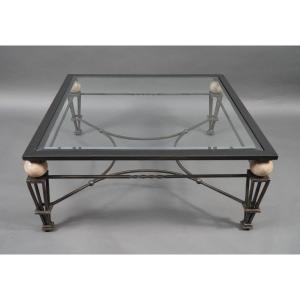





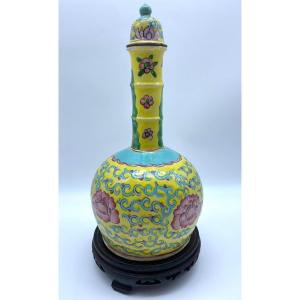



 Le Magazine de PROANTIC
Le Magazine de PROANTIC TRÉSORS Magazine
TRÉSORS Magazine Rivista Artiquariato
Rivista Artiquariato